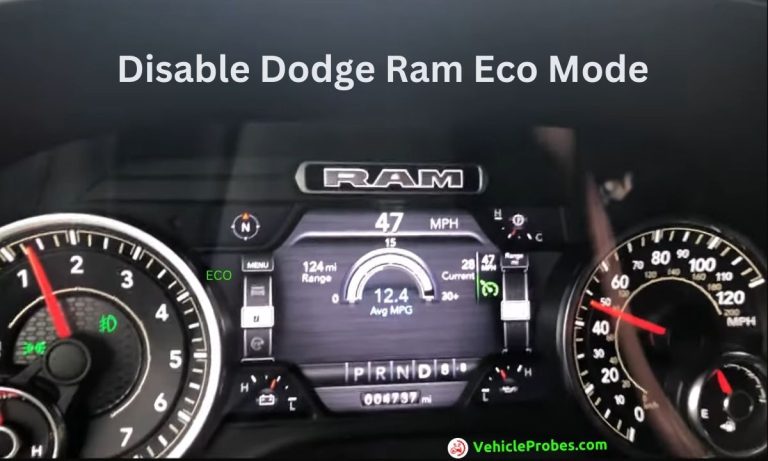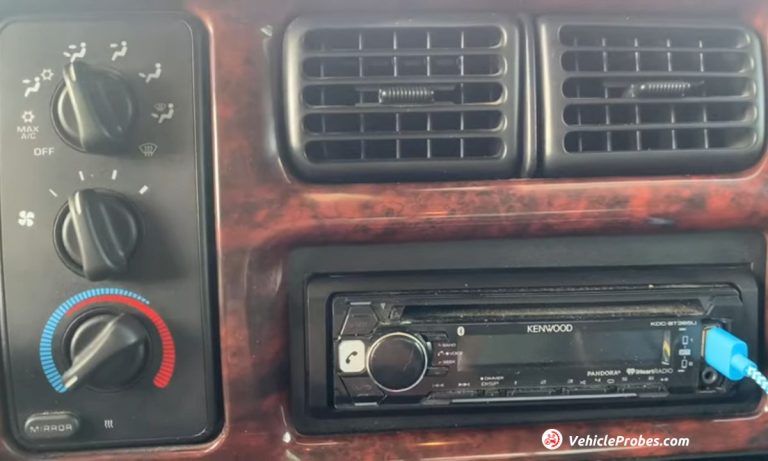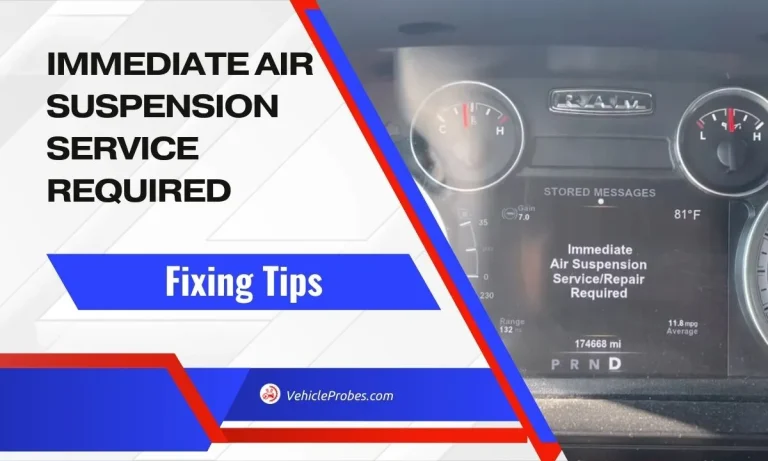5 Common Dodge 3.9 Magnum V6 Problems and How to Solve Them
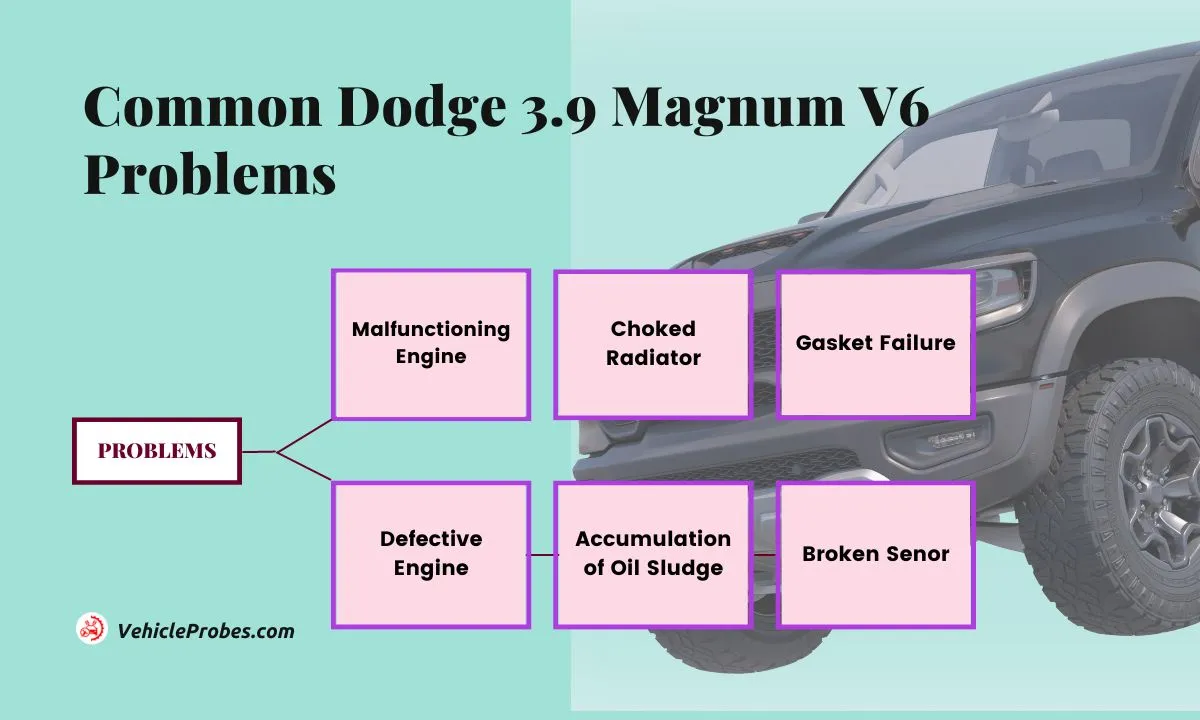
Is your old engine troubling you? Are you willing to give the Dodge 3.9 Magnum V6 a try? Well, not a bad choice I would say. The Dodge 3.9 Magnum V6 is a durable and sustainable engine but like every other machinery, it also has some problems.
A few of its basic common problems include misfires in the engine, leaking intake manifold, choked radiator, and oil sludge accumulation. These issues in the Dodge 3.9 are easily solvable first by their diagnoses through inspection, symptoms, and tests and then by resetting, replacing, and repairing the defective components.
3.9 Dodge Engine Problems and Their Solutions
1. Choked Radiator
A radiator is a crucial component in any engine, especially the Dodge 3.9 Magnum V6, which carries heavy loads. This increases the stress on the engine which generates heat. A radiator functions to cool the engine off and with a choked radiator, this heat is not dissipated. This can be dangerous for the engine.
Symptoms & Solution Of Choked Radiator
Symptoms of a choked radiator include overheating, decreased coolant levels, and hot air from the AC vents instead of cool air. You might even notice smoke arising from your vehicle’s engine. This is unsafe and should be adhered to quickly.
Solutions: Flushing the radiator is a solution to a clogged radiator. You can buy a radiator flush from your nearby dealer. A normal flush price in America ranges between $130- $210.
These have a formula that allows the radiator to clean up. You first need to suck out all the fluid from the radiator and then pour this flush. Remove this flush and repeat the procedure. Pour the fluid for the radiator and your radiator is unclogged, and ready for its functioning.
2. Misfiring and Malfunctioning Engine
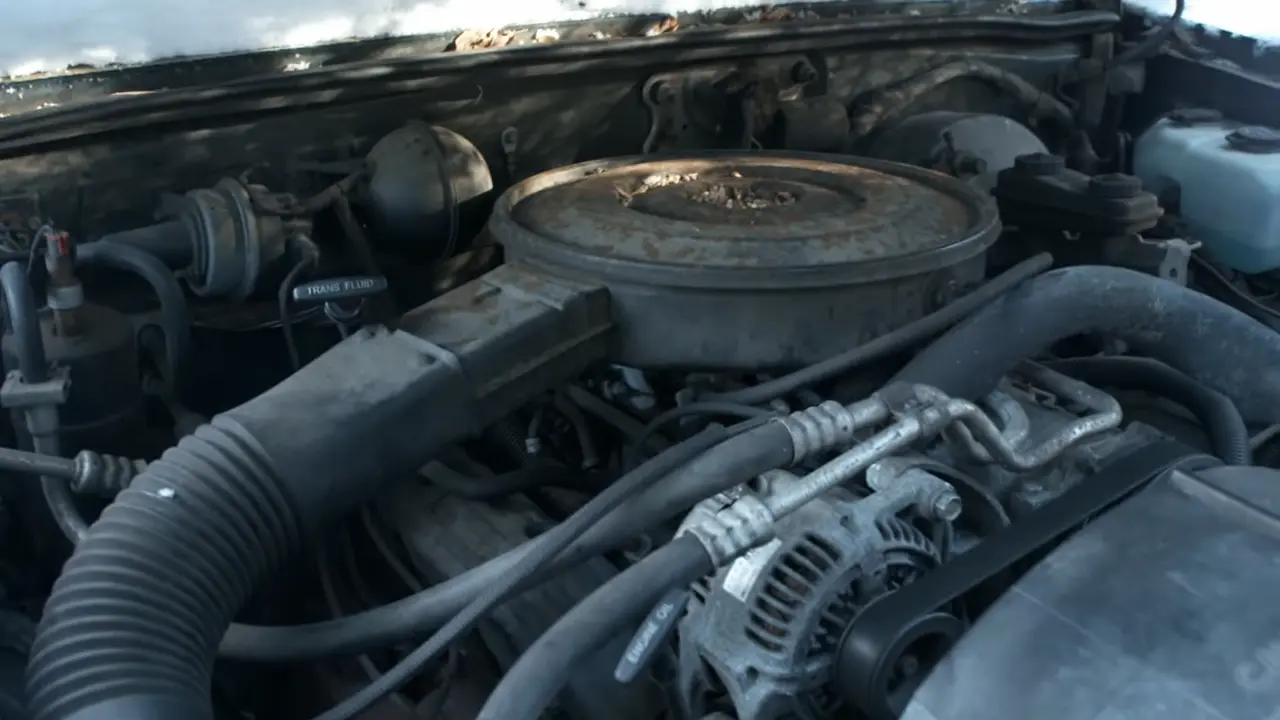
The 3.9 Dodge engine includes cylinders that need to spark up for the engine to function. A fault in either one or more than one of these cylinders prevents them from igniting. This causes the engine to malfunction, ending up in a misfiring engine.
Symptoms & Solution of Misfiring Engine
The symptoms of a misfiring or faulty engine include a rough idle where the engine is operating roughly and vibrating when at idle. You may also notice jerks when you accelerate due to a delayed throttle response or unequal power delivery. A diminished acceleration may also be observed as the overall engine power will be reduced due to its inefficiency.
Solutions: If the engine is misfiring due to an issue in the cylinder, replacing its coil and spark plug will solve the problem. To determine which cylinder is malfunctioning, you may perform an engine compression test on every cylinder. You may also check for error codes using a scanner and fix them by replacing the faulty components.
3. Defective Engine Bearings
When we talk about worn 3.9 Dodge engine bearings, we’re talking about the deterioration of the parts, such as the crankshaft, that support the movable components of the engine. These bearing’s potential to provide sufficient stability may be compromised over time by wear brought on by friction, and heat due to constant contact. This in turn causes reduced engine performance and increased engine noise.
Symptoms & Solution of Defective Engine Bearings
The biggest symptom of a defective engine bearing is the knocking sound. This can be annoying and distracting for both the driver and the passenger. The vehicle may heat up and vibration might be felt when the engine bearing is worn out.
Solutions: The best solution for a worn-out engine bearing is its replacement. For replacement, first mark the rods and caps that are inter-connected to each other so that you don’t mix them up after disassembling. Lift the main bearing caps and also assess the condition of the crankshaft.
Ensure that the oil passages are clean so that you may go ahead and replace the bearing with the correct bearing size. Use a lot of lubrication during the process.
4. An Accumulation of Oil Sludge
Sludge accumulation in the oil is one more prevalent issue with the 3.9 Dodge engine. The latter can happen once engine oil disintegrates and solidifies into a viscous sludge that clogs oil passageways and impairs the engine’s performance.
Symptoms
When there is an accumulation of sludge in the engine, a drop in oil pressure will be observed. You will also hear tapping sounds that indicate an underlying issue in the engine, mostly sludge buildup. A dip in the engine efficiency can be noticed as well.
Solution: The main solution to an oil sludge accumulation problem is to flush the engine. This will help get rid of the sludge and clean the engine. Replacing the oil filter with a new clean one, and refilling the new oil timely will also help with the removal of sludge accumulation.
5. Degradation of Valve Guides
The deterioration of the valve guides is a likely issue concerning the Dodge 3.9 engine. The following may result in the engine burning oil, which might harm the engine and limit its efficiency.
Symptoms
A worn-out valve guide has a unique symptom, a blue smoke that arises from the exhaust. With this symptom, you can be sure that the engine is potentially damaged and needs immediate attention. You might also notice that your car is accelerating slower than usual and is also using up more oil. Both of these indicate an issue with the valve guides.
Solution: To solve the valve guide degradation problem, you need to swap it with a new one. It is often required to disassemble the engine’s cylinder head to fix this issue. You may also look thoroughly if the cylinder heads are affected negatively due to these damaged guides.
Preventative Maintenance Tips for the Dodge 3.9 Magnum V6
The 3.9 Dodge engine problems are solvable but prevention is a much better option to avoid repair costs. Prevention of the 3.9 v6 problems also helps provide durability and peak efficiency to your engine. Adhere to the following guidelines for a long-lasting healthy engine.
Other Common Dodge Engine Problems
The 3.9 V6 Dodge engine is a durable engine choice but is susceptible to some basic issues that can be fixed if tended to quickly. The other common Dodge engine problems include:
Faulty Intake Manifold Gasket
This problem of the fault in the intake manifold gasket is quite common in the 3.9 Dodge engine. When this component is defective, the fluid leaks out of it, and the chances of overheating and deterioration of the engine increase. Smoke arising from the engine will be seen when the intake manifold gasket is negatively affected.
You may also smell a pleasant odor. Both of these symptomizes a decreased quantity of coolant in the engine. To fix this issue, you will need to replace the intake manifold gasket with a new efficient one.
Broken Senor
The crank position sensor in the Dodge engine can easily malfunction due to problems in its magnet and defects within the sensor. This will prevent the engine from starting because it is the sensor that transmits power data from the ignition to the engine cylinders. Replacing a faulty sensor can fix this issue right away. You will notice the engine cranking but not starting and the engine misfiring when the sensor is broken.
An OBD scanner can also be used to diagnose a faulty sensor. Sometimes fixing loose wires or replacing defective wires can also fix a faulty sensor. If it is the spark plug causing the issue, replacing it can also be a problem solver instead of replacing the entire sensor.
Leak in the Evaporative Emission System
When there is a leak in the evaporative emission system, the fuel economy as well as the emissions are affected. Most commonly, these leaks are due to defects in gaskets, seals, valves, or hoses. When this occurs, bursting emissions from the tailpipe will be observed. Replacing any of the damaged parts will solve the leaking issue in your Dodge engine.
Problems with the Transmission System
The issue with the transmission system is also common in Dodge vehicles. It is signified by a loud sound and problematic shifting of the gear. This can be linked to both the clutch and the engine. For the engine, the issue lies within the end play in the crank. Replacing the damaged components will solve this issue.
Inability to Crank Up
When the batter is malfunctioning, there’s something wrong with the starter motor, or the ignition switch then the Dodge engine might be unable to crank up. You will automatically know that there’s an issue when you turn the key and the engine doesn’t even make the cranking sound. Diagnose the issue within and fix it to make your engine start.
Also Read:
Conclusion
The Dodge 3.9 Magnum V6 is a durable engine that is long-lasting and can generate enough power for smooth vehicle running. Regardless, some drawbacks such as issues in the intake manifold gasket, engine bearings, oil sludge accumulation, and problems in the radiator are common in this engine. These obstacles can easily be overcome by regular maintenance, checkups, and replacing the defective components. If you are willing to take good care of your Dodge, avoid bumpy and broken roads, and prevent running it in a dusty environment. In extremely hot temperatures use an external coolant to keep the engine from excess strain.

